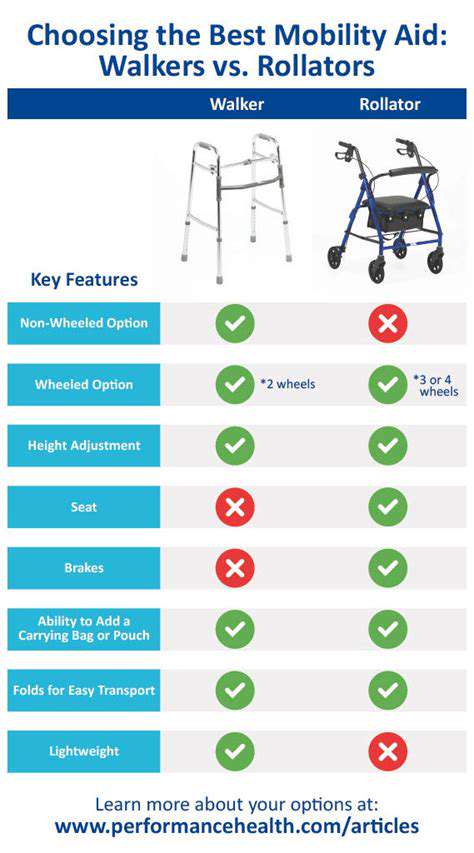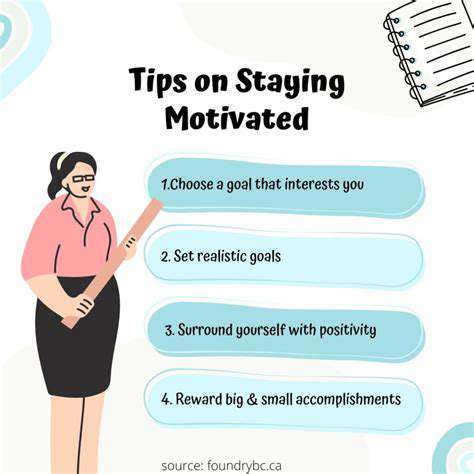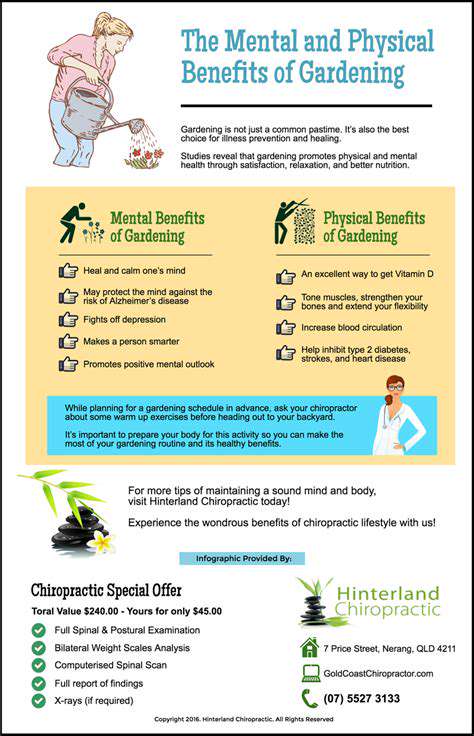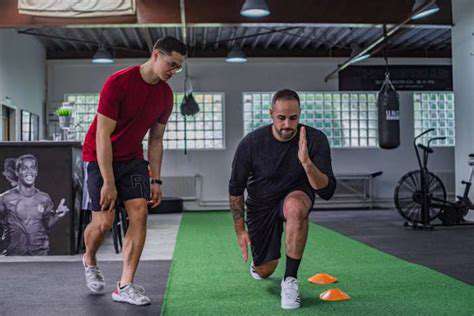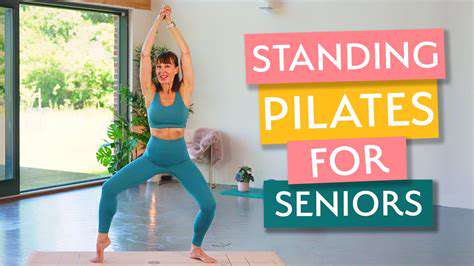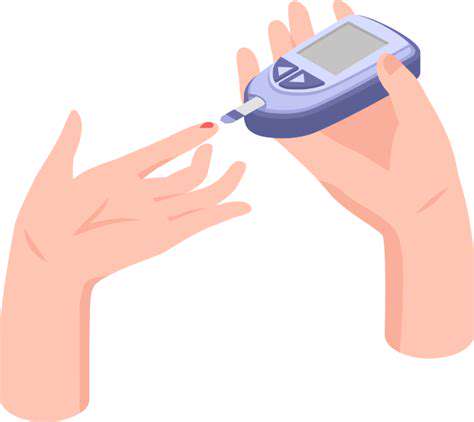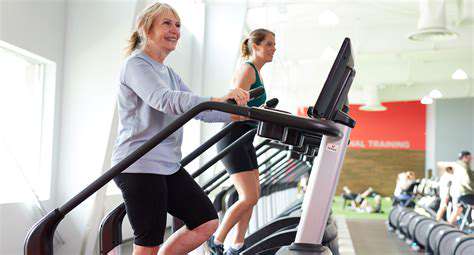Functional Exercises for Seniors to Make Dressing Easier

Targeting Key Muscle Groups for Improved Dressing
Understanding Muscle Groups for Dressing
Effective dressing relies on the harmonious collaboration of multiple muscle groups. The upper body—shoulders, arms, and back—works alongside the core and lower body to perform tasks like buttoning shirts or pulling on pants. By identifying which muscles are engaged in these activities, we can design targeted exercises to enhance functionality.
For seniors, this focus is especially critical. Age-related muscle loss and reduced mobility can compromise dressing independence. Strengthening and improving flexibility in these muscle groups not only boosts dressing ability but also elevates overall quality of life.
Strengthening Shoulder Muscles for Reaching and Pulling
Shoulder muscles are indispensable for reaching, pulling, and maneuvering clothing. Exercises like shoulder rotations, lateral raises, and front raises—using resistance bands, light weights, or even clothing resistance—can significantly improve dressing ease. Performing these movements slowly and with control minimizes injury risk while maximizing effectiveness.
Integrating these exercises into daily routines yields noticeable gains in upper body strength, directly enhancing dressing proficiency.
Improving Arm Strength for Buttoning and Zipping
Arm strength is vital for manipulating buttons, zippers, and fasteners. Forearm-focused exercises (e.g., wrist curls) and arm-strengthening movements (e.g., bicep curls) can be adapted for all fitness levels. Seniors can start with lighter weights or resistance bands to build confidence and capability.
Core Engagement for Stability and Movement
A strong core is the foundation of stability during dressing tasks. Planks, crunches, and Russian twists enhance balance and control, reducing fall risks—a critical consideration for seniors. This stability fosters safety and independence.
Strengthening Back Muscles for Pulling and Lifting
Back muscles are pivotal for pulling clothing and lifting items. Rows, assisted pull-ups, and back extensions build strength and flexibility, supporting posture and preventing pain. Regular practice of these exercises enhances mobility and reduces discomfort during dressing.
Improving Hand and Finger Dexterity
Fine motor skills are essential for fastener manipulation. Activities like hand games, using small tools, or picking up objects maintain precision. For seniors, these exercises preserve the dexterity needed for independent dressing.
Flexibility and Range of Motion for Seamless Dressing
Flexibility in shoulders, arms, and hips ensures effortless dressing. Stretches like arm circles and hip rotations combat stiffness, enabling smoother movements. Consistent routines help seniors maintain mobility and comfort.
Promoting Balance and Stability for Easier Dressing
Improving Upper Body Strength
Upper body strength is fundamental for dressing independence. Bicep curls, tricep extensions, and shoulder presses—using light weights or bands—boost endurance and ease. Gradual progress in these exercises translates to smoother dressing experiences.
Even brief daily sessions yield long-term benefits, enhancing not just dressing but overall upper body stability.
Enhancing Core Stability and Posture
A robust core underpins posture and balance, both crucial for dressing. Planks and Russian twists fortify core muscles, reducing strain during arm movements. This stability fosters confidence and minimizes discomfort.
Improved posture from core work also streamlines dressing, reducing daily aches and promoting an upright stance.
Lower Body Mobility and Flexibility for Dressing
Lower body mobility is often neglected but essential for dressing. Hip flexor, hamstring, and quadriceps exercises alleviate stiffness, easing tasks like bending or tying shoes. Stretching routines enhance range of motion, reducing strain.
Leg swings, hip circles, and gentle squats are simple additions to daily routines. These exercises not only aid dressing but also support overall mobility and independent living.
Prioritizing lower body flexibility ensures a smoother, pain-free dressing process.
